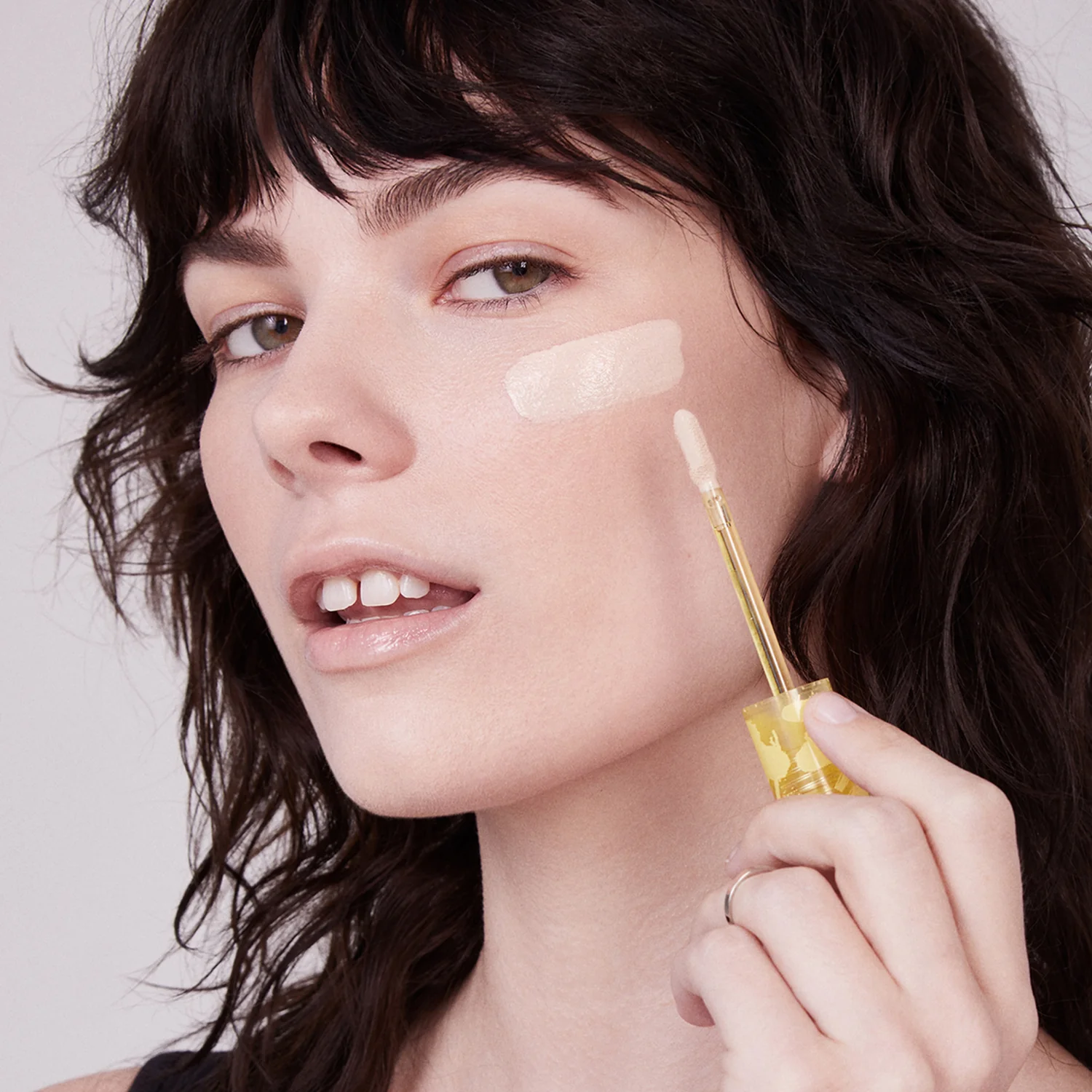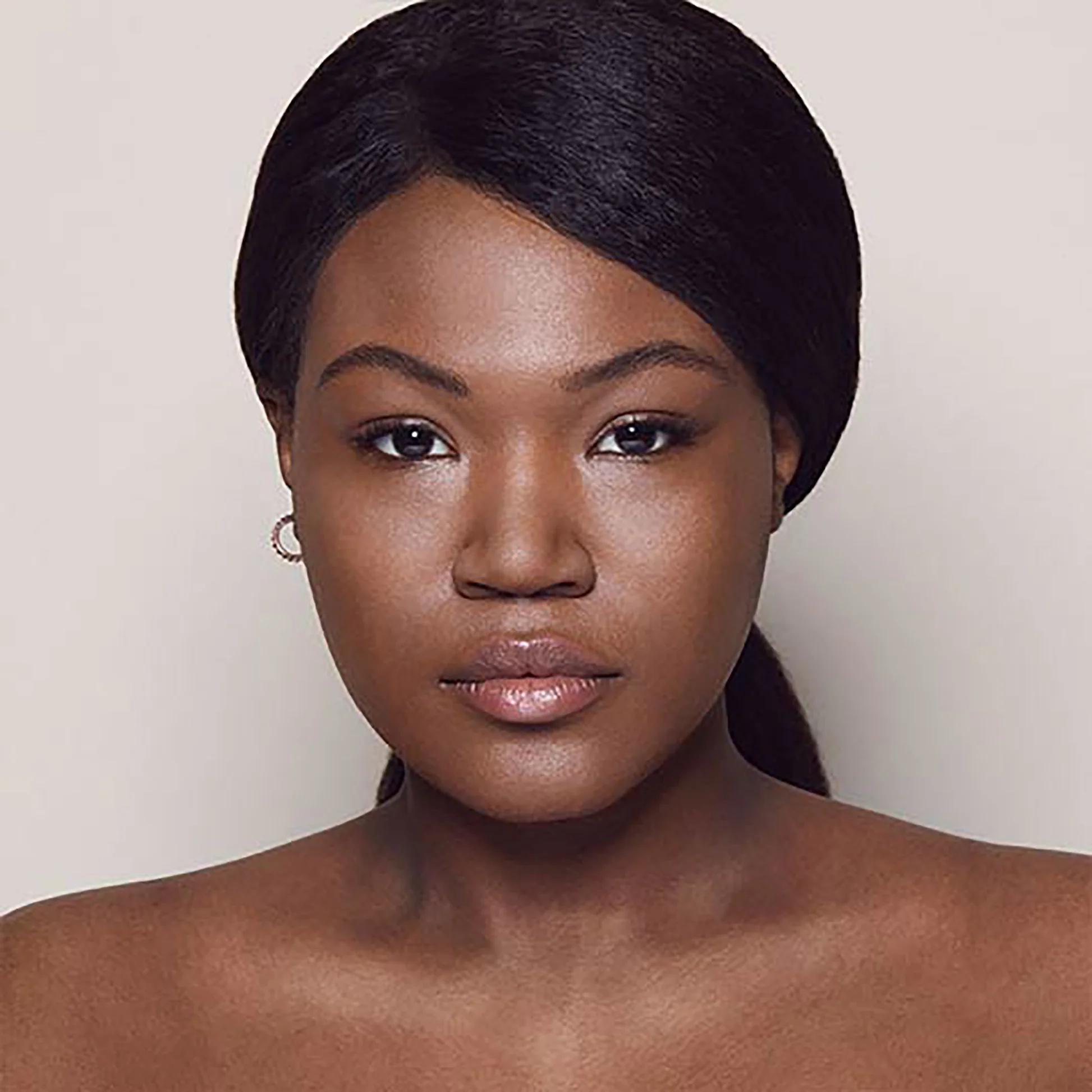
Matching Concealer to Foundation: A 2024 Guide
The Purpose of Concealer in Makeup Routine
Concealer plays a key role in enhancing your makeup routine. Its primary function is to cover imperfections like dark circles, blemishes, and redness. Enhance your skin’s appearance by lightening under-eye areas and covering spots. Moreover, it prepares a smooth canvas for the foundation application, ensuring a flawless overall look. Additionally, concealers are useful for contouring – by using shades lighter or darker than your skin tone, you can sculpt and define your facial features. Proper application can brighten your complexion, giving a more youthful and refreshed appearance. Therefore, discerning if concealer is supposed to be lighter than foundation, it depends on the specific use, be it covering dark areas or highlighting certain features.
Importance of Color Matching
Matching the correct concealer shade to your foundation is crucial for creating a seamless makeup look. A mismatch can cause your makeup to look unnatural, drawing attention to imperfections, rather than concealing them.
When selecting a concealer, consider the undertone of your skin, as well as the foundation you use regularly. The concealer should complement your skin’s undertone; whether it’s cool, warm, or neutral, ensure it aligns with your foundation. If you use a concealer supposed to be lighter than foundation for highlighting, choose one that is one or two shades lighter.
A properly matched concealer not only conceals imperfections but also creates a uniform complexion. It allows for a smooth transition between different products used in your makeup routine. This helps in avoiding any harsh lines or color discrepancies on your face.
In summary, accurate color matching is vital. It enhances the overall effectiveness of your makeup, providing a polished and professional appearance.

Types of Concealers and Their Uses
Concealers come in various forms, each serving distinct purposes. Liquid concealers are versatile and suitable for most skin types. They offer medium to full coverage, making them ideal for covering blemishes and dark circles. Cream concealers provide denser coverage. They work well for more pronounced imperfections such as scars and significant discolorations. Stick concealers, similar to cream, offer full coverage and are convenient for touch-ups on the go. Color-correcting concealers use specific hues to counteract different skin issues. Green helps reduce redness, while peach and pink tones brighten the under-eye. Mineral-based concealers are perfect for sensitive skin types. They provide natural coverage while being gentle on the skin. Each type caters to specific needs and preferences, ensuring everyone can find a fit for their makeup routine.
How to Select the Right Concealer Shade
Selecting the right concealer shade is paramount to achieving a natural and flawless makeup application. Here’s how to ensure you pick the perfect match for your needs.
- Identify Your Skin’s Undertone: Look at the veins in your wrist. If they appear blue or purple, you have cool undertones, greenish veins indicate warm undertones, while blue-green veins suggest neutral undertones. Choose a concealer that matches these undertones.
- Consider the Foundation Match: Your concealer should complement the foundation. It can be one to two shades lighter if used for highlighting. However, for concealing, select a shade very close to your foundation.
- Test the Shade: Apply a small amount of concealer on your jawline to test. Check it in natural light to ensure it blends seamlessly with your skin and foundation.
- Understand the Purpose: Remember, if the concealer is supposed to be lighter than the foundation, it depends on whether you are concealing or highlighting. For highlighting, lighter shades are suitable, while for concealing, closely matching shades work best.
- Consult Experts or Use Virtual Tools: If you’re unsure, ask for assistance at makeup counters or use online matching tools. Most brands offer virtual try-on options to help you find your shade.
- Experiment with Samples: Before committing to a full-size product, get samples. It allows you to try various shades and see which one suits you best throughout the day.
By following these steps, you can confidently select a concealer shade that will enhance your makeup routine, cover imperfections, and highlight your best features effectively.

The Role of Foundation in Complexion Perfection
Foundation is more than just a base for your makeup; it’s vital for a perfected complexion. It evens out skin tone, hides minor imperfections, and creates a uniform canvas for further makeup application. The right foundation can make your skin look smooth and virtually flawless.
When you are looking to achieve complexion perfection, foundation is the first critical step. Here are the key points to consider:
- Choose the Right Shade: You must select a foundation that closely matches your skin tone. A mismatch can make your face look unnatural compared to the rest of your body.
- Consider the Finish: Foundation comes in matte, dewy, and natural finishes. Choose one that complements your skin type. Oily skin may benefit from a matte finish, while dry skin may prefer a dewy look.
- Apply Evenly: Use the right tools, like a brush or sponge, to apply foundation evenly across the face. Blending is crucial to avoid noticeable lines.
- Set Properly: Set your foundation with a powder if necessary to ensure it stays in place and reduces shine.
Remember, the goal of using foundation is to create a smooth and even-toned face that looks natural and radiant. When paired with the right concealer, your makeup can achieve seamless coverage that enhances your beauty and lasts throughout the day. Always test the foundation on your jawline in natural light to ensure a perfect match with your skin. And when in doubt, consulting with a makeup professional can provide guidance to find your ideal foundation.
In your makeup routine, consider the foundation as your slate and the concealer as the detail work; both play a significant role in obtaining an impeccable and radiant look. Keeping in mind that ‘is concealer supposed to be lighter than foundation’ may depend on its purpose—highlighting or concealing. The interplay between the two can elevate your makeup game to new heights.

Techniques for Applying Concealer and Foundation Together
Applying concealer and foundation together can seem tricky, but it’s simple with the right techniques. Here’s how to blend both to achieve a flawless finish:
- Start with a Clean Base: Always begin with a clean and moisturized face. This helps products go on smoothly.
- Apply Foundation First: Use a brush or sponge to apply foundation evenly. This creates an even canvas for the concealer.
- Use Concealer Sparingly: Dab concealer on spots and under eyes. Remember, less is more.
- Blend Well: Gently blend the concealer into the foundation. Make sure there are no noticeable lines.
- Set with Powder: After blending, set your makeup with a translucent powder. This helps it last longer.
- Check in Different Lights: Look at your makeup in natural light to ensure it looks consistent.
- Use Proper Tools: Brushes, sponges, and your fingertips can all be effective for blending. Use what works best for you.
By mastering these techniques, you’ll ensure your concealer and foundation blend seamlessly, providing natural and beautiful coverage.
Addressing Common Myths Around Concealer Usage
When it comes to concealer, there are several myths that can confuse users. Let’s clear up some common misconceptions about concealer usage:
Myth 1: Concealer should always be lighter than your foundation. This is not strictly true. While a lighter concealer can highlight certain areas, concealer that matches your foundation is best for covering blemishes and achieving a uniform skin tone.
Myth 2: You should apply concealer before foundation. It’s actually more effective to apply foundation first. This provides a base that can make the concealer blend more easily, and you’ll likely use less concealer as a result.
Myth 3: Only use concealer on blemishes and under-eye circles. Concealer can also be used for contouring, correcting discoloration, and priming eyelids.
Myth 4: A single concealer works for every issue. Different types of concealers are tailored for specific problems. It’s best to use a range suitable for different concerns.
Myth 5: Press concealer in with your finger for best results. While fingers can work, tools like a brush or sponge can blend concealer more evenly. The warmth from your fingers, however, can help in melting the concealer into the skin for a smooth finish.
Myth 6: Concealers are one-size-fits-all. Just like foundation, concealers come in finishes and textures that work for different skin types and preferences.
By understanding the truth behind these myths, you can use concealer more effectively in your makeup routine. Always remember, the key is to use products that work best for your unique skin tone and type, and sometimes, this involves breaking the beauty rules you’ve heard before.

Tips for Keeping Up with the Latest Concealer Trends
To stay updated with the latest concealer trends, keep these tips in mind:
- Follow Beauty Influencers: Influencers often showcase the latest products and how to use them.
- Read Beauty Blogs and Magazines: They provide insights on new releases and application techniques.
- Watch Makeup Tutorials: Video tutorials can introduce you to new trends and show you how to achieve them.
- Experiment with Different Products: Don’t be afraid to try new concealer formulas to find what works best for you.
- Check Out Brand Release Updates: Follow your favorite makeup brands on social media for their latest product announcements.
- Visit Beauty Stores: Store staff can offer advice on new trends and help you find the perfect match.
- Attend Beauty Workshops: They can be a great place to learn and get firsthand experience with new products.
- Use Hashtags to Explore: Search hashtags like #concealertrend or #makeupinspo on platforms like Instagram for inspiration.
By actively seeking out new information and being open to experimentation, you can keep your makeup bag as current as your makeup look.

